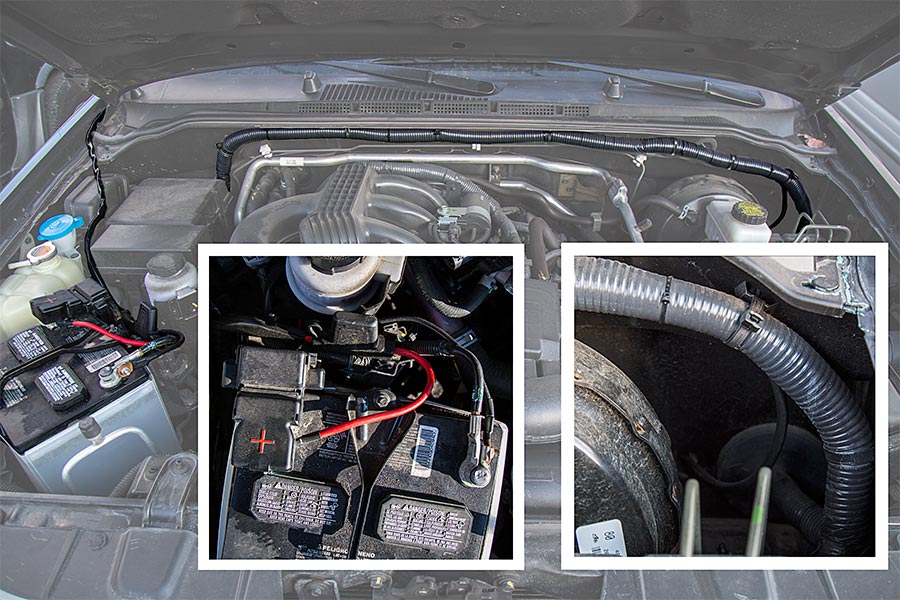Recently, Andrew Ng's Stanford team released an X-ray diagnostic algorithm based on deep neural networks. Different from the previous special algorithm for pneumonia detection, this CheXNeXt model can diagnose 14 kinds of diseases, including pneumonia, pleural effusion, lung mass and so on. The AI ​​matched human radiologists in diagnosing 10 of these diseases, and surpassed humans in one. And, AI can diagnose 160 times faster than humans. Such algorithms hold promise to fill shortages in medical resources, and could also be used to reduce diagnostic errors caused by fatigue among human doctors, the team said. How to become an AI doctor largest dataset The algorithm was trained on the ChestX-ray14 dataset, the largest X-ray database currently, with more than 110,000 frontal chest radiographs from more than 30,000 patients. 14, which means that these chest X-rays contain a total of 14 lung diseases. Each chest X-ray should be annotated by the method of Automatic Extraction based on the doctor's radiology report. The training process is divided into two steps The algorithm is a collection of multiple neural networks. The first step is to solve the problem of partially incorrect labels due to automatic labeling. The specific method is to first let these neural networks train the prediction of 14 diseases in the data set. Then use their predictions to relabel the dataset. The second step is to take a new set of neural networks and train them on the newly labeled dataset. After this training is completed, the AI ​​can diagnose diseases. So, where is the focus in the AI ​​forecasting process? Focus on the picture The algorithm does not require any additional supervision, and can use the chest radiograph to generate a Heat Map, which is equivalent to highlighting: The warmer the color, the more valuable it is for disease diagnosis. This is done by means of Class Activation Mapping (CAM). In this way, AI, like humans, knows where to focus when diagnosing a disease. Man-Machine Competition After training, the team found 9 human radiologists to compete. in: 6 were from academic institutions with an average experience of over 12 years. Three are from the hospital and are senior residents in the radiology department. What humans and AI need to identify are 420 frontal chest radiographs, which also contain 14 diseases: Atelectasis, cardiac hypertrophy, consolidation, edema, effusion, emphysema, fibrosis, hernia, infiltration, mass, nodule, pleural thickening, pneumonia, pneumothorax. The results of the match are as follows: Only in the three diagnoses of cardiac hypertrophy, emphysema, and hernia, the AI ​​​​is significantly less accurate than the rival players. In the diagnosis of atelectasis, AI significantly outperformed humans. △Normal heart (left) vs hypertrophic heart (right) In the other 10 items, humans are on par with AI. Overall, the algorithm's diagnostic ability was similar to that of a radiologist. So, let's look at the speed. 420 images, AI took 1.5 minutes, and humans took 240 minutes. The idea of ​​"AI subverting medical care" that Mr. Wu Enda has been pursuing for many years is still the most significant in terms of time. One More Thing In the video released with the research results, there is a mobile application called XRay4All, which can be diagnosed by AI as long as you take a picture of the chest X-ray. I don’t know how far in the future it will be, but in this man-machine contest, there is still hope for the performance of AI. Light Wire Harness,Light Bar Wiring Harness,Led Light Bar Wiring Harness,Led Light Wiring Harness Dongguan YAC Electric Co,. LTD. , https://www.yacentercn.com

